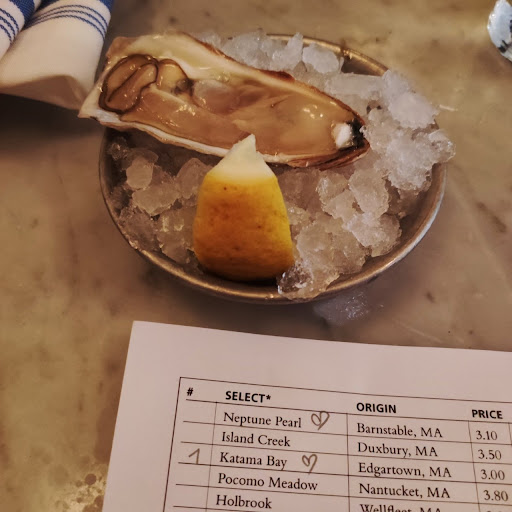
Philine Schiller
Preserved In Print: American Food Writing, Shifting Foodways and the Oyster Under the Surface
Food is frequently preserved in print. It follows that recipes reflect not only preparation methods but also culinary shifts in ecological sensibilities. Can they also contribute to future eating practices?
My dissertation investigates how recipes reflect culinary shifts in relation to changing ecological sensibilities and environmental circumstances. Does the recipe inspire hunger or does hunger inspire the recipe? Can recipes act as drivers of consumption habits or even spearhead conversations and actions around climate conscious cuisines? I hope to demonstrate how ecological and culinary shifts intersect and that looking at the ingredients and recipes contained in food writing not only offers a glimpse into past foodways and lost ingredients but also signals a way forward.
My project combines the topic of the ethics of endangered foods and the threat of culinary extinction with (American) food writing by (i) analyzing “recipistolary writing” – a term coined by Doris Witt referring to any text that incorporates recipes – from the 19th to 21st centuries with regard to changing seafood ingredients and oceanic environments and (ii) using the specific example of oysters to look at their culinary, colonial, and contemporary history, as well as their status quo regarding population size, their relation to invasive species, and potential solutions to ecological threats, as well as their availability, preparation, and preservation. Oysters provide fertile ground for inquiry on several levels, ranging from their history of abundance and scarcity to their heavy symbolism in art and culture, their environmental preservation, literary representation, aesthetics, and, last but not least, their delectability.
Food writing reflects changing ingredients by preserving them in print. Foodways are inextricably connected to social-environmental concerns, changing climates, and humanity’s engagement with nature, which is why food as a theoretical lens offers new and exciting perspectives to our engagement with the environment and the ethics of endangered foods. Additionally, the oyster as a global culinary delicacy provides opportunities to extend the framework’s scope beyond just the US. Likewise, I hope that these perspectives can also be transferred to other ingredients under threat in today’s food industry and humanity’s ravenous consumption habits. The oyster holding on under the surface thus forms an exemplary starting point for an inquiry into the social, economic, and environmental issues it unites, breaching the surface of the ocean to shed light on the relationship between text, humans, and the objects of their hunger.

